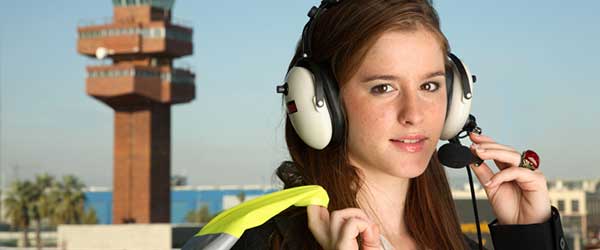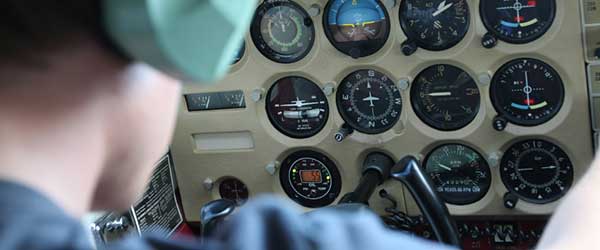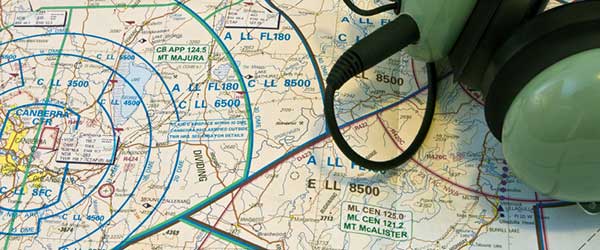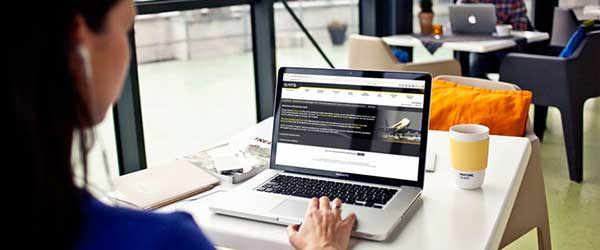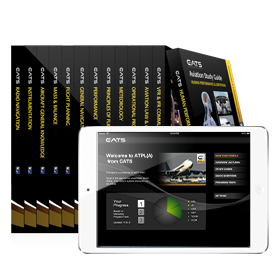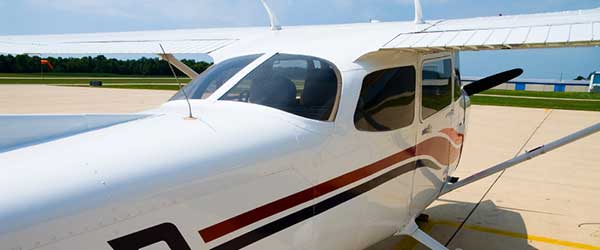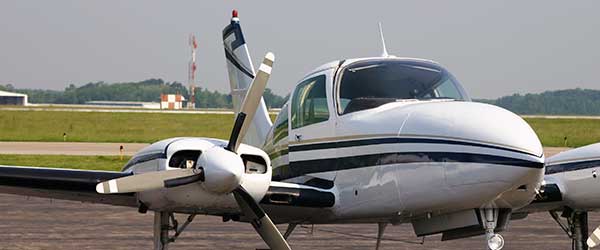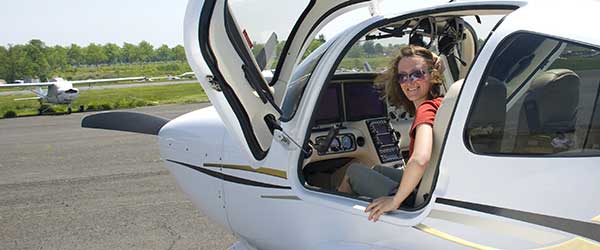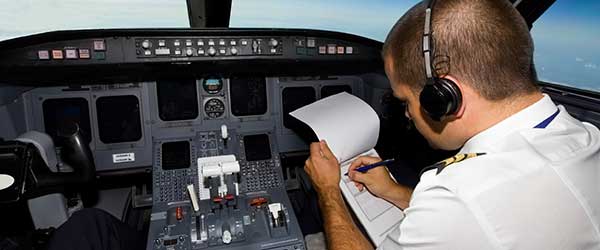How to become an airline pilot
- 1
Step 1
Got for a trial flight
This is the perfect time to try out flying an aircraft to see if it is something you enjoy. Do this at one of the many local flying schools around the country. It might be worth doing it at a school that also offers commercial training as they will be best placed to start introducing professional standards and expectations, even from that first flight.
Consider an Aptitude Test
An aptitude test is a set of assessments that determine how well your skill matches up to the skills required of a pilot. It’s not a requirement or necessarily a perfect way to determine your suitability but it could be a boost to your confidence and your CV. We’d recommend the test offered by The Honourable Company of Air Pilots
Take a Medical Examination
This isn’t strictly required at this point but getting a Class 1 Medical sooner rather than later ensures you don’t invest too much in a commercial pilot career before being sure you pass the medical requirements. Most people pass without a problem. The initial medical needs to be arranged with the CAA at Gatwick.
Grow your team leadership and customer service skills
To become an airline pilot, you will need to demonstrate that you have great people skills. The famous test is “could I spend several hours cramped up in a cockpit with this person?”. Now take it to the next level and make sure the customers will also love you. If you are to become a captain, you will be a ‘branch manager’ for your employer - they will want to see exceptional team leading skills as well as exceptional customer service skills.
Check your Maths and Physics are up to scratch
Good GCSE-level maths and physics skills help you keep up with the pace of training. If you’re in a position to take maths and physics GCSEs or A-Levels, we’d recommend this.
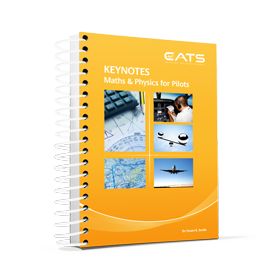
Why not check you are ready with the CATS book “Key Facts: Maths & Physics for Pilots”?
- 2
Step 2
Get a Private Pilots Licence (PPL)
This is the first step to becoming a pilot. You can take the course at a local flying school but if you’re serious about a flying career then it would certainly be a good idea to consider a school that also offers commercial training at this point. Even more so than with a trial flight, it is important you start training to a professional standard.
There are two parts to a PPL course - theoretical knowledge and flight.
PPL Theory
For the PPL theory, there are 9 subjects to be examined in.
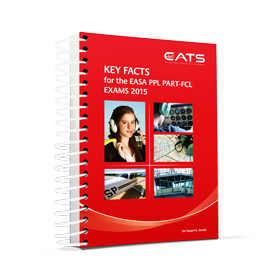
Why not see if you are ready for the exams with the CATS book “Key Facts: EASA PPL PART-FCL Exams”?
PPL Flight Training
For the PPL flight training, there is a minimum of 45 hours flying lessons. These are arranged into exercises which cover the basic skills required to safely fly an aircraft.
This would typically take 2-6 months and cost £8000+.
CATS also offers a free online PPL theory training system and week-long PPL Ground School courses.
- 3
Step 3
Get your flight hours built up
After you have obtained your PPL Licence, you would need to spend time Hour Building. This is time spent with you ‘in command’ of the aircraft, building up your experience as a pilot. This would need to total 150 hours and include a 300 nautical mile cross-country flight. In addition to this, you would typically do a short course to obtain a Night Rating at this stage.
It is important to structure your Hour Building so you do not develop bad habits in your flying skills that would hamper you later on.
It can be beneficial to overlap this Hour Building with your ATPL theory studies, read on!
This would typically take 3-6 months and cost £15,000+.
- 4
Step 4
Take an Airline Transport Pilots Licence (ATPL) theory course
The ATPL theory provides the combined theoretical knowledge required alongside a CPL flight and IR flight to become qualified as an airline pilot.
For the ATPL theory, there are 14 subjects to be examined in. Options include taking this course full time in a classroom or as a distance learning course.
This would typically take 5-18 months and cost £1500+.
- 5
Step 5
Take a Commercial Pilots Licence (CPL) flight course
For the MEP rating, there is a minimum of 6 hours flying lessons. These are combined with 6 hours of theory instruction. Other options include taking this course before a CPL flight course or in combination with the IR course.
This would typically take 1-2 weeks and cost £2500+
- 6
Step 6
Take a Multi-Engine Piston rating (MEP) flight course
For the MEP rating, there is a minimum of 6 hours flying lessons. These are combined with 6 hours of theory instruction. Other options include taking this course before a CPL flight course or in combination with the IR course.
This would typically take 1-2 weeks and cost £2500+
- 7
Step 7
Take a Multi-Engine Instrument Rating (IR) flight course
An IR course consists of a minimum of 45 hours training. This would typically comprise of 30 hours of flying lessons in an aircraft and 15 hours of lessons in a simulator.
The aim of the course is to train pilots to operate aeroplanes under IFR (Instrument Flight Rules) and in IMC (Instrument Meteorological Conditions).
This would typically take 2-3 months and cost £13,000+.
- 8
Step 8
Finish your airline preparation
You may wish to consider a Multi-Crew Co-operation course, a Jet Orientation Course or even a Type Rating on a particular aircraft.
You will generally be required to have completed a Multi Crew Co-operation Course (MCC) before being able to apply for airline jobs. It may also be advantageous to have completed a Jet Orientation Course (JOC) and even an Airline Prep Course (APC). Some companies may expect you to have completed a type rating course for the particular type of aircraft they operate, although this is not recommended without a job offer in writing due to the high cost.

Download PDF Guide
Contact us
Luton, LU2 8DL
The ISO 9000 family of quality management systems (QMS) is a set of standards that helps organizations ensure they meet customer and other stakeholder needs within statutory and regulatory requirements related to a product or service. ISO 9000 deals with the fundamentals of QMS, including the seven quality management principles that underlie the family of standards. ISO 9001 deals with the requirements that organizations wishing to meet the standard must fulfill. CATS meets requirements of the ISO 9001 standard.
